I believe that many people want to exercise, the most chosen form of exercise is running, because it is simple and easier to implement. People can run outside or run on a treadmill at home at any time. But there is always a question that has been bothering us for a long time, that is, will running calves become thicker? Does running build leg muscle?
Does running build leg muscle?
Yes, running can help build leg muscle to some extent, but it primarily depends on the type of running you do and your individual training variables. Here are some factors to consider:
Distance Running:
Long-distance running, like marathon training, typically emphasizes endurance over muscle building. While your leg muscles may become more toned and defined due to consistent use, they may not significantly increase in size.
Sprint Running:
Sprinting, on the other hand, involves short bursts of maximal effort. This can lead to more significant muscle development, especially in the hamstrings, quadriceps, and calf muscles.
Hill Running:
Running uphill requires greater effort from your leg muscles. Over time, this can lead to increased muscle strength and size in your legs.
Interval Training:
Interval training involves alternating between high-intensity running and recovery periods. This type of training can be effective for building leg muscle, as it combines both endurance and intensity.
Trail Running:
Running on uneven terrain or trails can engage different leg muscles compared to running on a flat road. It can help with overall leg muscle development and balance.
Resistance Training:
While running can help build leg muscle to some extent, it may not be as effective as targeted resistance training exercises such as squats, lunges, and leg presses. Combining running with these exercises can lead to better muscle development.
Nutrition:
Adequate nutrition, especially protein intake, is crucial for muscle growth. Ensure you're consuming enough protein to support muscle development.
Recovery:
Proper rest and recovery are essential for muscle growth. Overtraining can lead to muscle breakdown rather than growth, so it's important to allow your muscles to recover between runs.
Genetics:
Genetics plays a role in how easily you can build muscle. Some individuals naturally have a predisposition for greater muscle development than others.
Why are muscular strength of lower limbs important for runners?
The legs are the most frequently used part of our body when running. Not only that, but in terms of the entire flow of movement in running, the most commonly used muscles include the quadriceps on the front side of the thigh, the posterior thigh group, the gluteal muscles, the tibialis anterior on the front side of the calf, and the gastrocnemius muscle on the back side of the calf.
Front Thigh Muscles
The main function of the front thigh muscles is to help cushion the landing.
Gluteus
- Gluteus muscles are the engine of running.
The gluteal muscles and their condition affect the overall movement of the entire body. While the glutes aren't weight-bearing to push you anywhere. The stability and strength of the gluteus do help you carry the forward flow of momentum through your entire body during the bracing and vacating phases.
- Strong glutes also protect the lower back of people.
Exercising your gluteal muscles is a good measure to prevent back problems, which will directly bring your running into a virtuous circle: strong gluteal muscles help to keep you in the right running position, and the glutes are also very helpful for runners' endurance and maintaining pelvic stability.
Many of the factors affecting running posture stem from pelvic position issues. Pelvic tilt or rotational shift due to muscle imbalances can affect the position of the lumbar spine and may cause injury to the standing leg. Many common running injuries are the result of inadequate hip muscle strength and incorrect pelvic position.
How to strengthen legs?
Deep Squats
Deep squats are indeed a prime move for building lower body strength, working your glutes, hamstrings, quads, and coordination between muscles.
If your goal is only to improve the strength of the buttocks, then the deep squat is definitely a good choice. But if you want to run faster, especially for those advanced runners with some experience, I am afraid that the most basic and simple deep squat training movements are not enough.

Single Leg RDL
- Stand with one foot supported on the ground and your body straight.
- Bend your body forward and lift your back foot at the same time to straighten your torso in a T-shape.

Single Leg Box Jumping
- Stand in front of a box or counter with your feet shoulder-width apart.
- With one foot off the ground, jump up onto the box.
- Then jump backward off the box to the starting position, repeat 10 times, switch legs, and repeat.

Elastic Rope Exercise
- Tie the elastic cord around your ankle and pull the cord tight.
- Position your foot in the key running position, then jump up to position the other foot in the key running position.
- Do 10 reps on each leg, then stand up and collect the elastic band, and jog for 10 meters.

Why do people need to strengthen legs?
Strengthening legs not only can help people run better but also can help burn more fat and promote muscle growth throughout the human body.
Promote muscle growth throughout the body.
The leg muscle groups are much more muscular compared to the upper body muscle groups and can account for up to 70% of the muscle mass of the entire body. When you train your legs, you not only stimulate leg muscle growth but also stimulate your body to secrete more growth hormone, which stimulates muscle growth throughout your body.
Burn more calories.
Since strength training for the legs involves many compound movements, these movements need to engage more than one muscle group. As more muscle groups are involved in a movement, more calories are burned.
Add to this the so-called 'afterburn effect' that comes with weight training - the metabolism lasts for hours, if not days, after a high-intensity workout. This allows you to maintain a higher calorie burn even at rest.
On top of that, elevated muscle mass also raises our basal metabolic rate, and more muscle, in turn, also helps you burn more calories.
Training Tips
- Short-term goals will give you a better chance of success in improving your fitness. Make a list of your goals for the week on Monday or record them on a fitness app. DeerRun Treadmills can link to the fitness app - PitPat. You can use it to record your training or running data and check them at anytime, anywhere.

- If you're training or running alone, let music be your accompaniment. A comprehensive study concluded that your favorite music improves your mood, stamina, and endurance, while also reducing pain.
- Make a date with a running partner that will directly urge you to be motivated. You also can find friends on PitPat. You guys can have a friendly running competition that is really fun.
- Training should focus your attention on the muscles you want to target, which will promote an awareness-muscle connection and help you mobilize more muscle fibers.
As a runner, regular strength training is one of the most important things you can do. A scientific and efficient workout can help you increase your running efficiency, reduce your running risks, and improve your running posture.
Conlusion
In summary, running can build leg muscle, especially if you incorporate sprinting, hill running, interval training, and other forms of high-intensity running into your routine. However, for more substantial leg muscle growth, you may need to complement your running with targeted resistance training and pay attention to your nutrition and recovery.




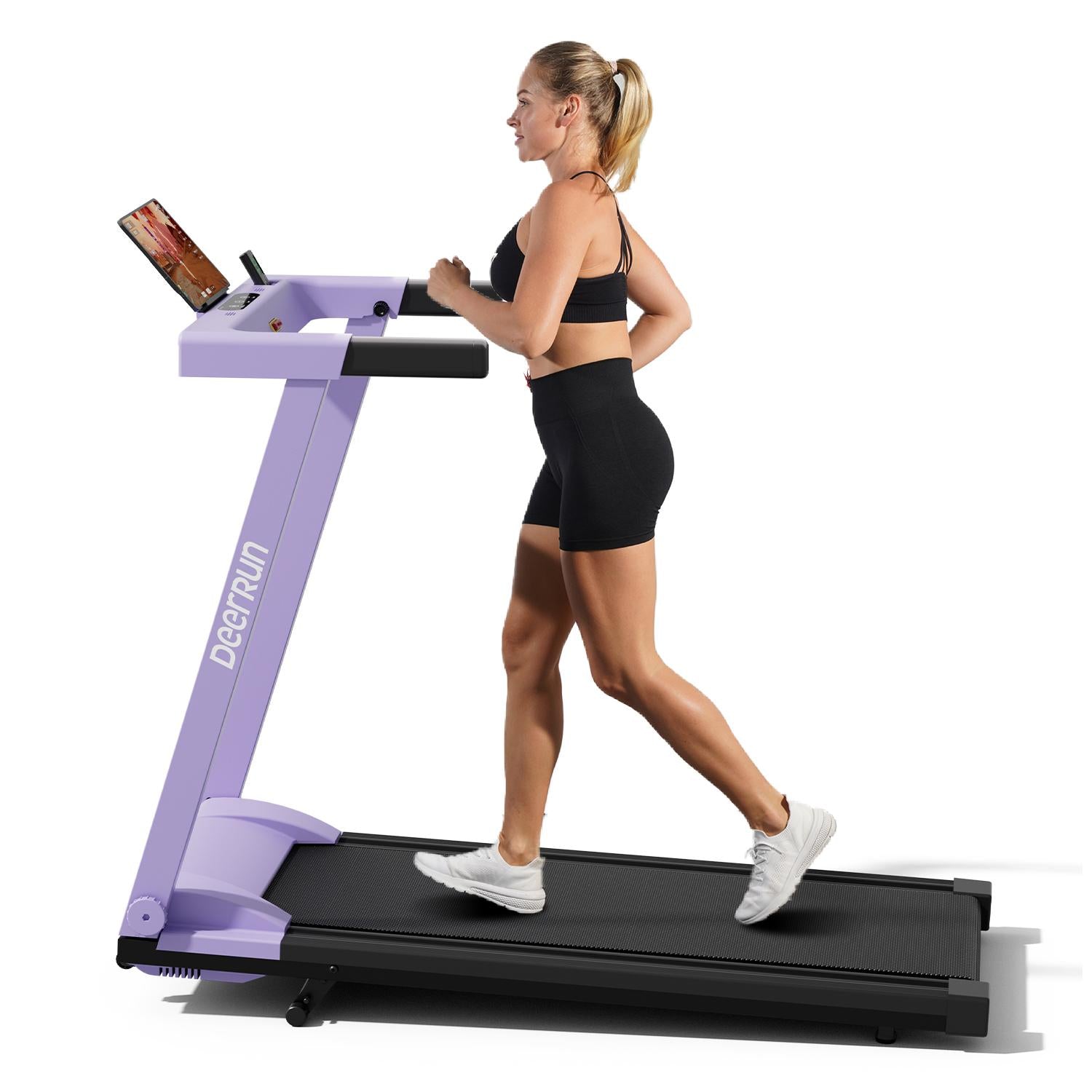


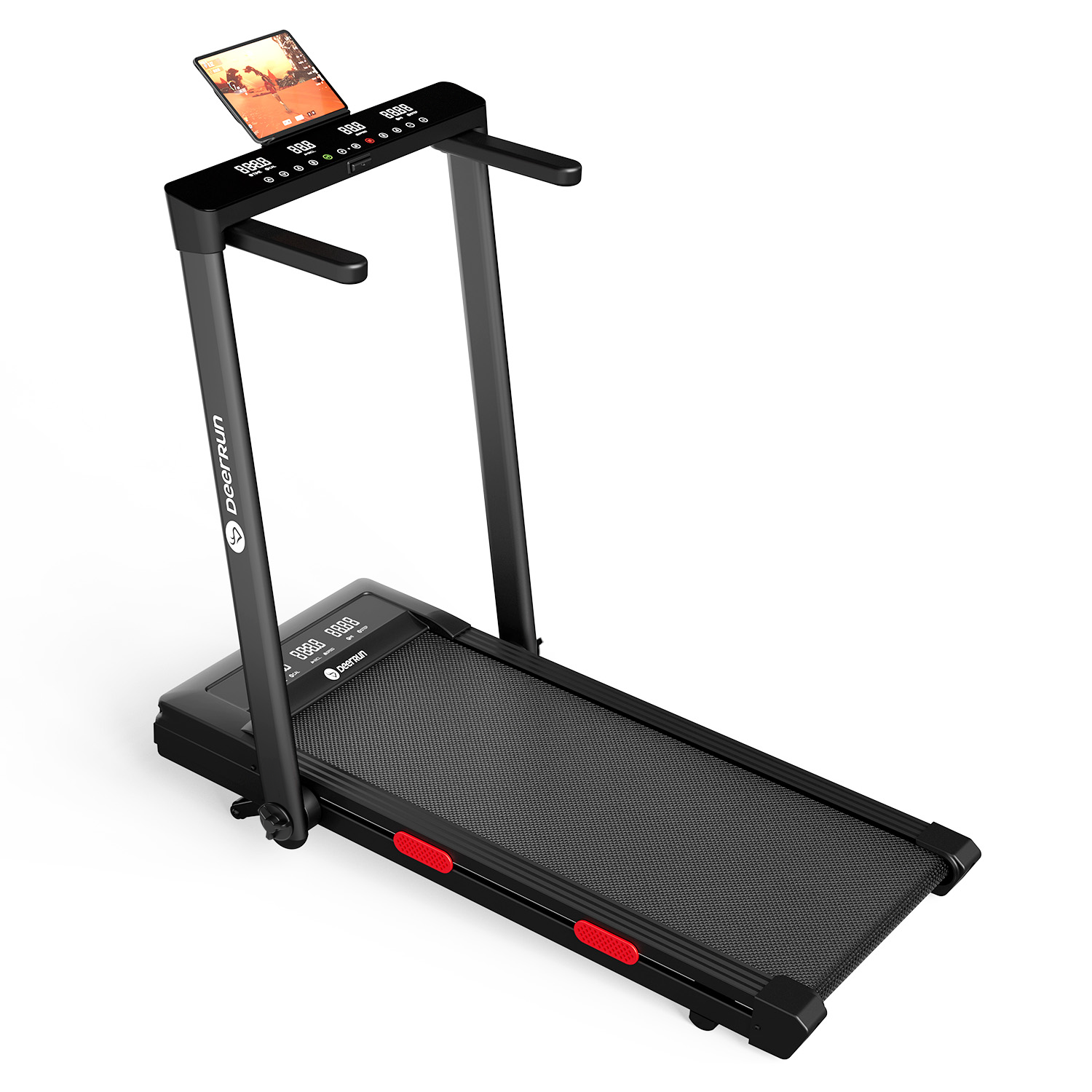













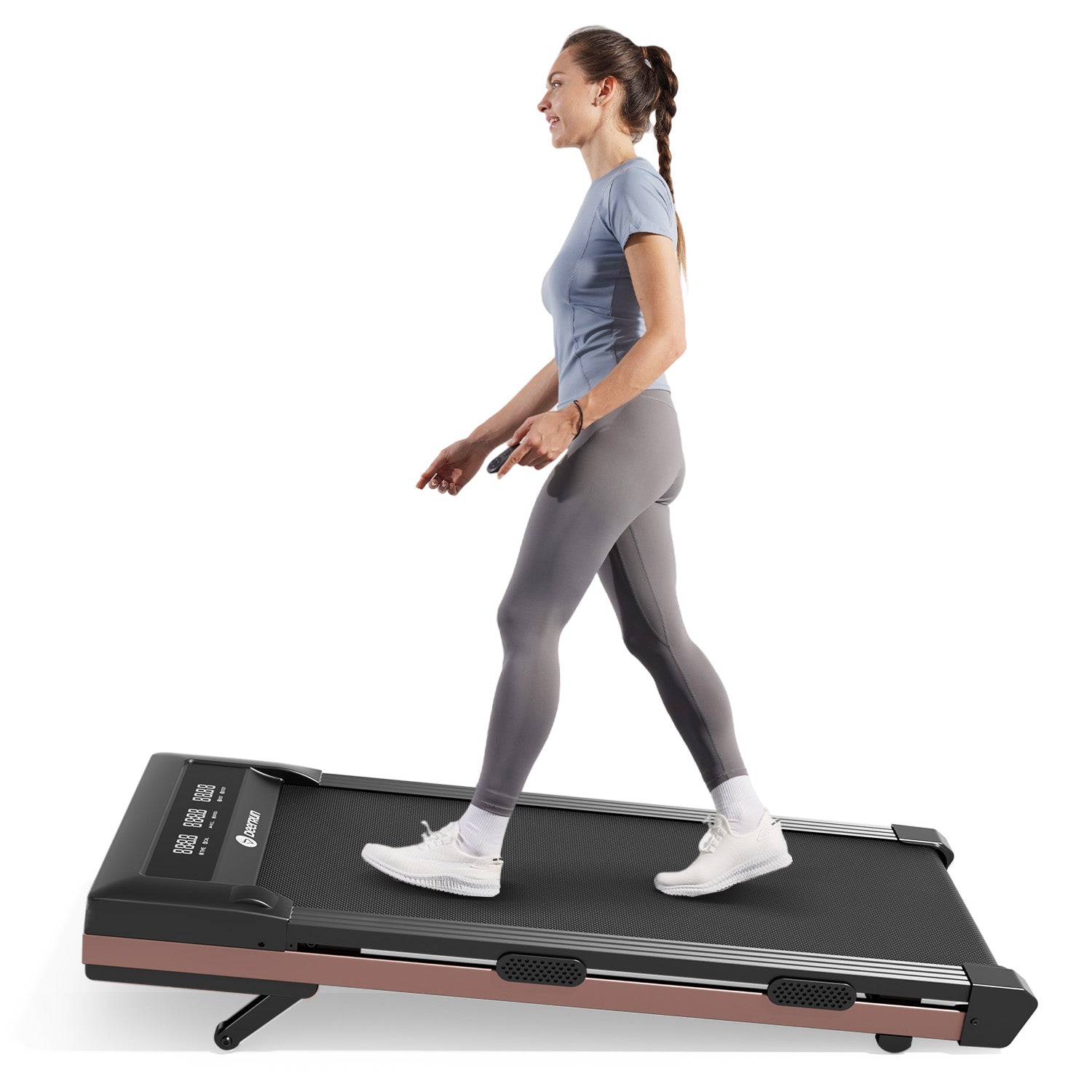
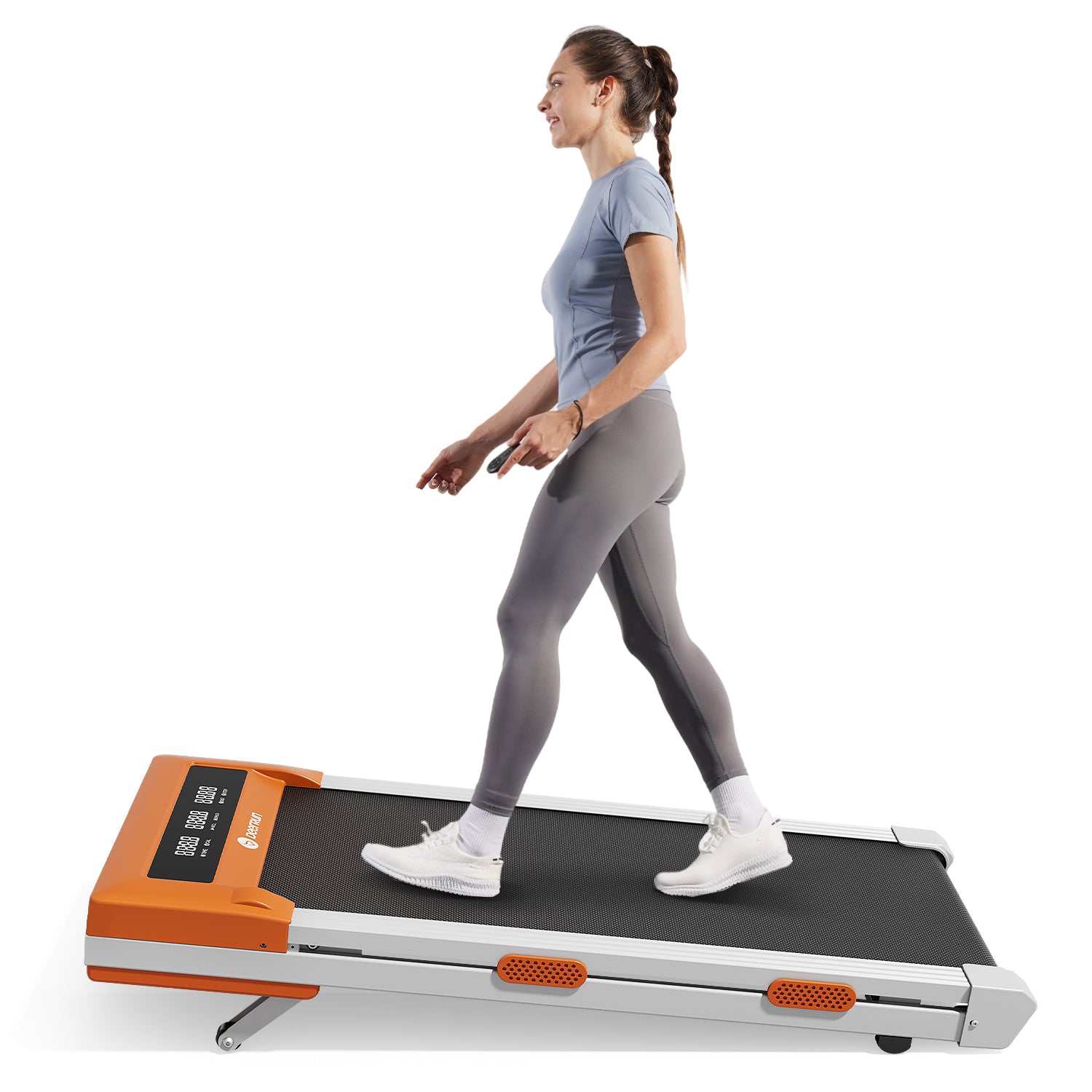

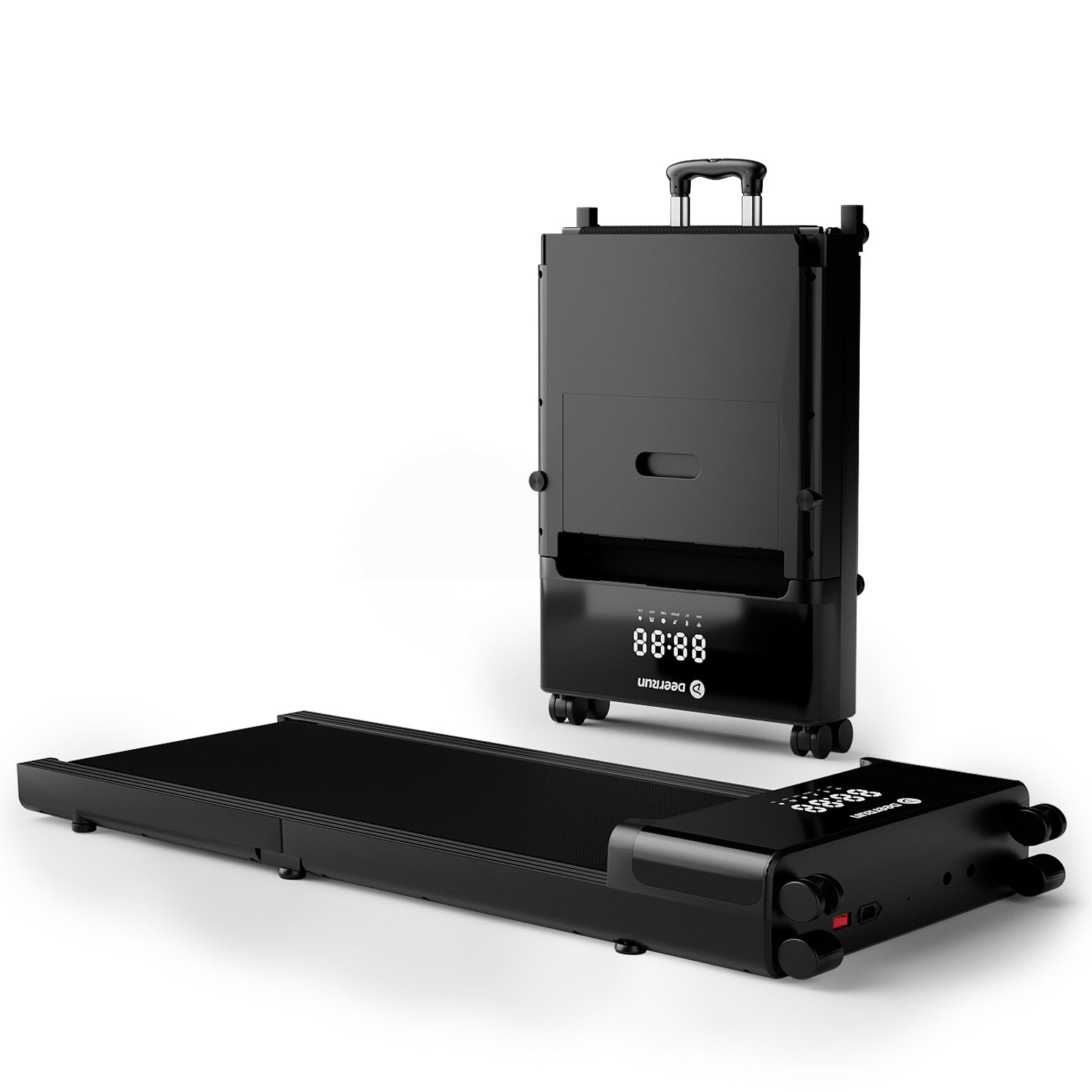



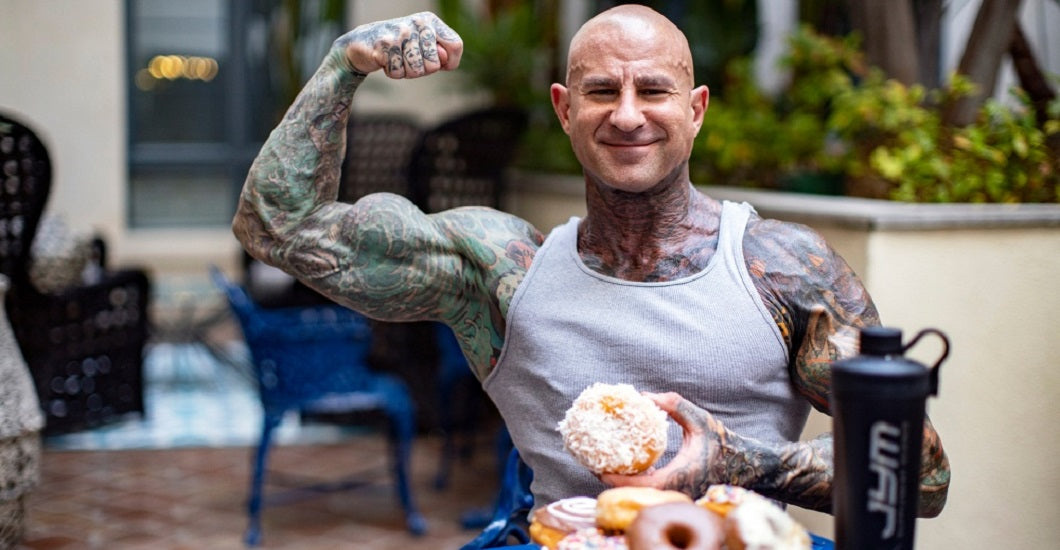
Leave a comment
All comments are moderated before being published.
This site is protected by hCaptcha and the hCaptcha Privacy Policy and Terms of Service apply.